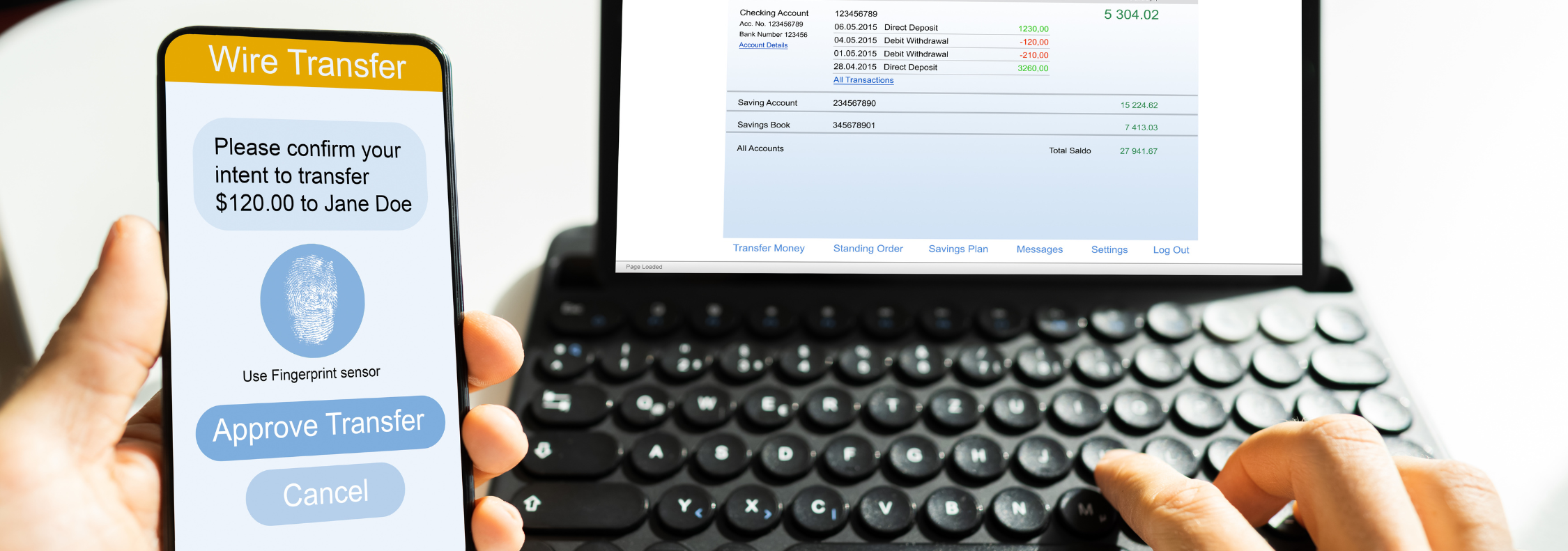Continuous User Authentication (CUA) is a revolutionary security measure gaining prominence in the digital era. It refers to the persistent validation of a user’s identity throughout their session, not just at the point of login. In the context of mobile devices, which are treasure troves of sensitive data, CUA is essential for preventing unauthorized access and potential data breaches.
The Mechanics of Continuous User Authentication
Unlike traditional authentication methods that validate user identity once, Continuous User Authentication keeps verifying the user’s identity during the entire session. This ongoing check can be facilitated through various means such as biometrics (fingerprint scans, facial recognition), behavioral patterns (typing speed, mouse movement), or device information (location, IP address). This constant vigilance ensures that even if a device falls into the wrong hands after a user has logged in, unauthorized individuals cannot access sensitive information.
Why Continuous User Authentication Matters on Mobile Devices
The need for CUA on mobile devices stems from our increasing reliance on smartphones. They store a significant amount of personal and professional data, making them attractive targets for cybercriminals. With CUA, we can significantly reduce the risk of data breaches. It acts as a safety net, providing continuous protection even when your device is lost or stolen. Hence, your data remains secure, regardless of where your device is or who’s attempting to access it.

Advantages of Continuous User Authentication
The adoption of Continuous User Authentication comes with several benefits. Firstly, it amplifies security by continually validating the user’s identity, making it difficult for unauthorized users to gain access. Secondly, CUA improves the user experience. Users don’t need to repeatedly input their credentials, making the process less intrusive and more seamless. It also leads to increased productivity as users spend less time authenticating and more time using their devices. Lastly, CUA offers peace of mind, knowing that your device and data are always protected.
Implementing CUA
There are various ways to implement Continuous User Authentication. Biometric data like fingerprints, facial recognition, and voice patterns serve as personalized identifiers for continuous validation. Behavioral patterns like typing speed, app usage, and location data can also be used.
For instance, Google’s Android platform uses a feature called “On-Body Detection” that keeps the device unlocked as long as it’s in the user’s hand or pocket but locks it when set down. This is a practical example of CUA in action.
The Future with CUA
As we continue storing sensitive data on our smartphones, the need for advanced security measures like Continuous User Authentication becomes critical. By understanding and implementing this security measure, we can ensure our data remains safe and secure, no matter what happens to our devices. Embracing CUA is a step toward a safer digital future, where our devices work tirelessly to protect our data and privacy.

